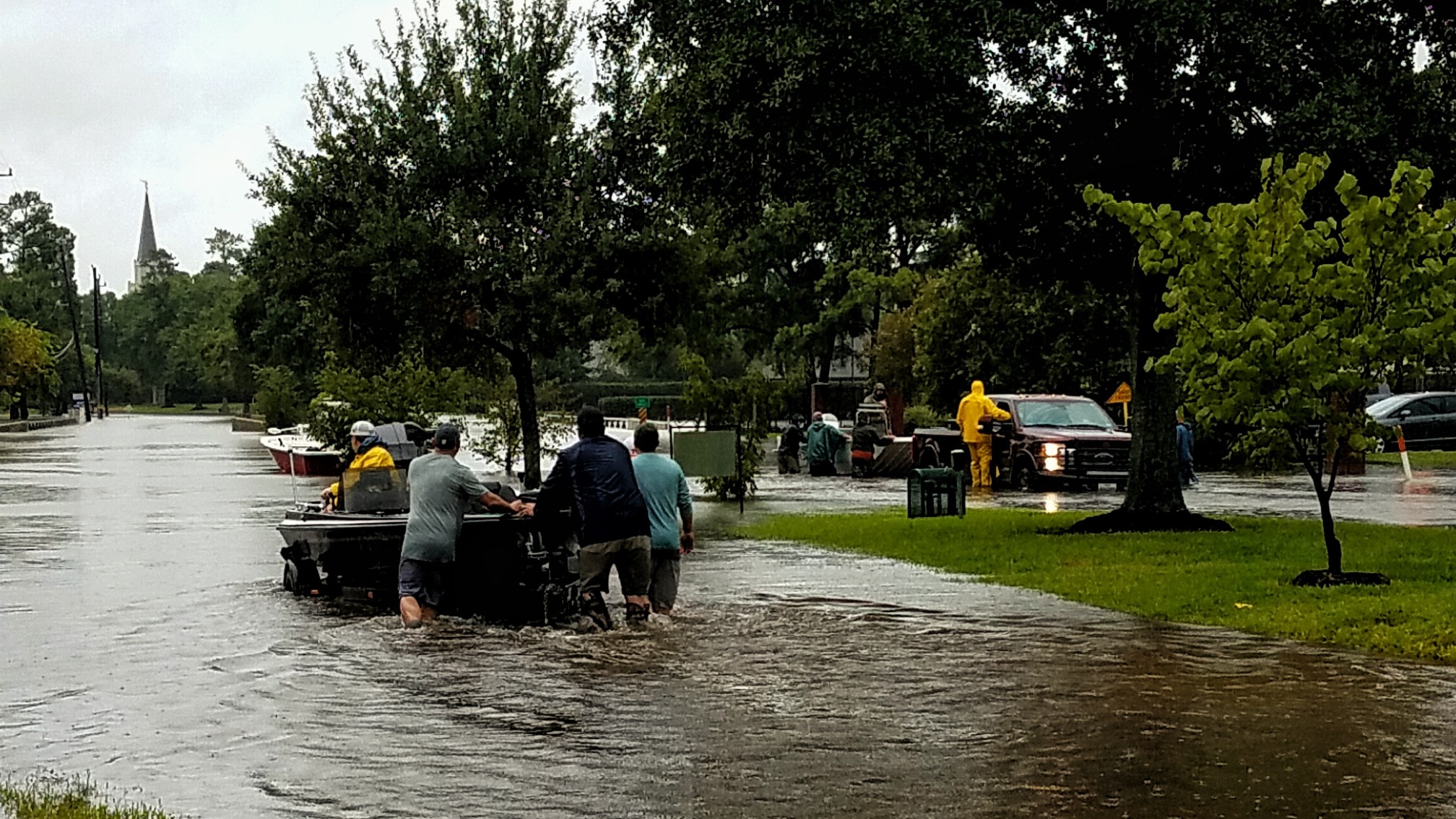
The unfortunate nature of disasters is that they are unpredictable. To a certain extent, yes, the weatherperson can warn you when there’s a storm brewing or a tornado watch. However, even then, you can’t be sure of the level of damage to expect from the event. Having a disaster preparedness plan in place can help you and your family stay calm during a disaster, as well as give you clear steps to ensure your safety.
Be Familiar with Your Location
It’s far easier to prepare for a disaster when you know what to expect. Identifying the most common disasters for your location is the first step to planning for them. If you live in Tornado Alley, your prep will look much different than someone who lives in a high flood risk area.
Family Disaster Plans
The greatest tool for disaster preparedness is planning. The specifics of your plan will depend on the most likely disasters to hit your area, as mentioned above. Planning for a tornado might include where to go during the storm or where to find candles and flashlights. A fire safety plan might include how to protect yourself from smoke inhalation or where to meet outside after leaving the house.
However, there are several elements that should be present in every family’s emergency preparedness plan:
- What to do before the disaster
- What to do during the disaster
- What to do after the disaster
Discuss and Practice the Plan
After you have created your family disaster plan, ensure all family members know their roles and responsibilities. Disasters are stressful and scary, especially for kids, so try to make your plan’s steps simple and easy to follow. When talking to kids about disaster preparedness, keep the focus on their responsibilities and the steps of the plan rather than the risk of danger.
Practice makes perfect. Repetition is proven to help memory, which will also make handling a disaster easier for children. Go to the meeting spot, pull out the emergency supplies, or look at the water line for evacuation. Practicing the plan can even be made into a fun activity for children by offering them a reward for completing the plan.
Of course, two of the best skills to have during an emergency are basic first aid and CPR. Specialized Health and Safety can teach you both. Check out our available classes, or visit our blog for more articles on safety.

